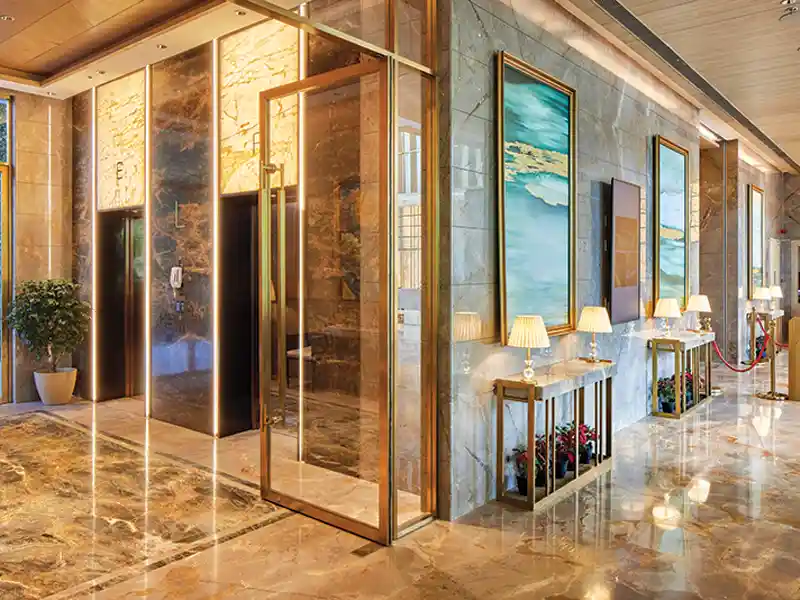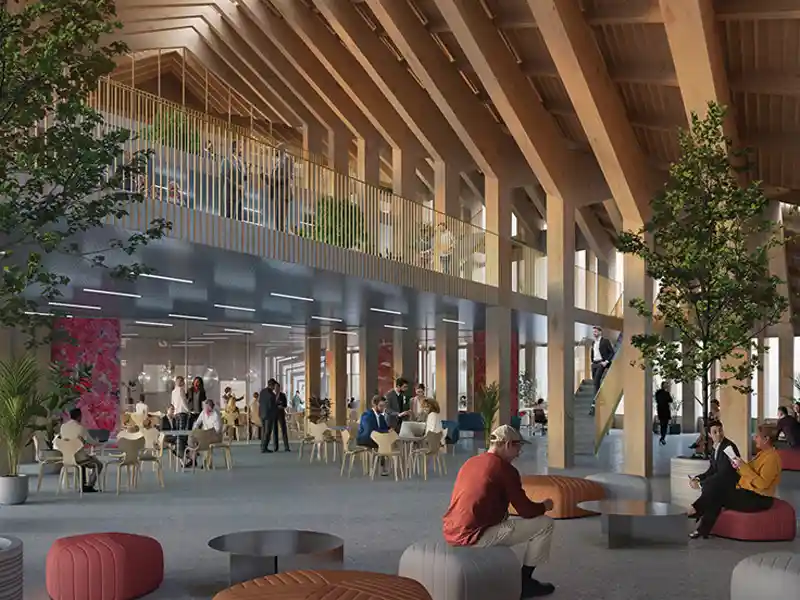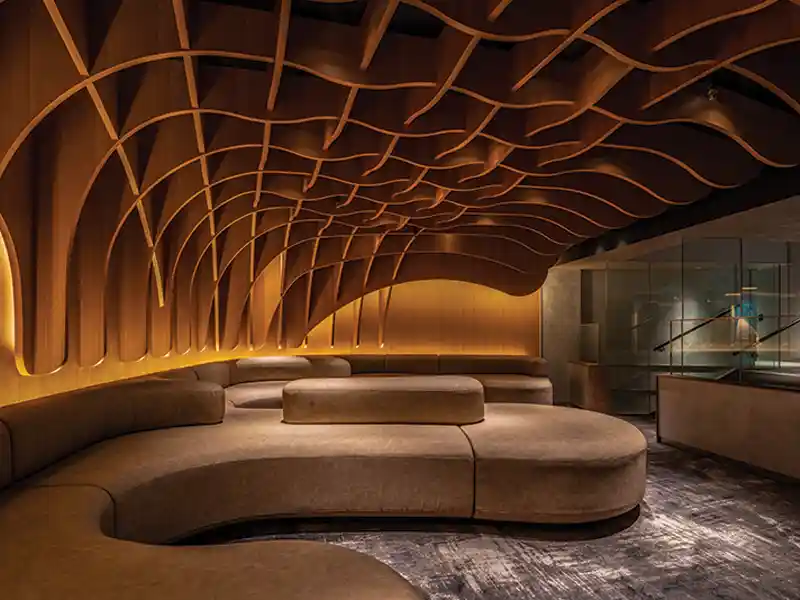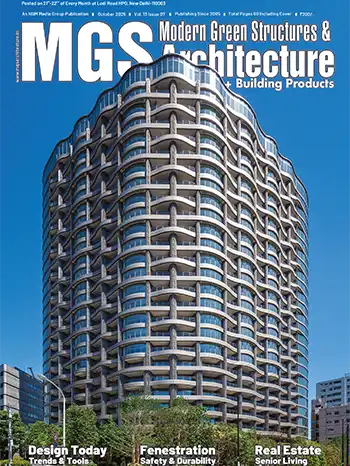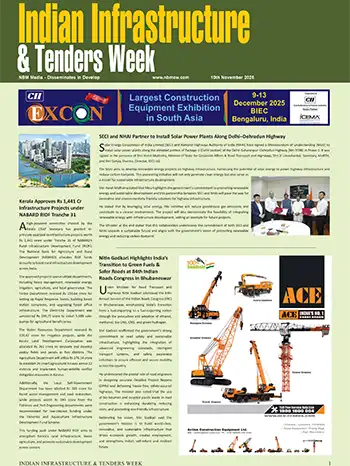
The transition imposed by the Covid pandemic brought a great deal of uncertainty due to the economic breakdown, and many projects were kept in abeyance during the lockdown period. We may have to prioritise the sectors in the construction industry in the post-Covid scenario. We may need to develop self-sustenance in the priority areas and be less dependent on other countries for supply of construction materials. Since the transportation of materials between various places is going to be difficult and expensive, we need to use more locally available materials for our buildings. We may need to adapt new technologies and use faster methods of construction like pre-engineered buildings. Architects also need to adapt to digitisation and switch to models like BIM.
Minimalism should be a key word in the practice of architecture.
The way forward is to cut down operating costs wherever possible through use of technology and mechanisation and taking this opportunity to make a transition and achieve a zero carbon, resilient, and healthy built environment.
Advanced technology is bringing many new products and materials into the market, which give high performance with reduced cost and time. For example, concrete with inbuilt water proofing qualities introduced by a company. With this concrete, we can leave this surface without waterproofing and plastering, even in basement floors and walls. Such technologies will go a long way in making our buildings more sustainable. As architects, we need to adapt to these changes and be better informed on these advancements for a more efficient and sustainable practice.

We constructed the Lourde Forane Church using PT Beam Technology to achieve column free space of 30m span, and special grade concrete. For the periodically flood affected areas of Kuttanad, Alleppy, Kerala, we made elevated low cost homes where we used steel columns, decking slab, and aerated concrete wall panels.

